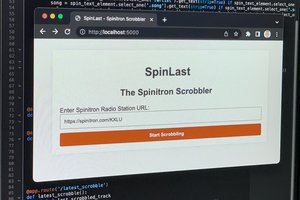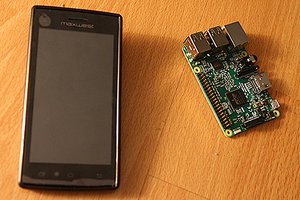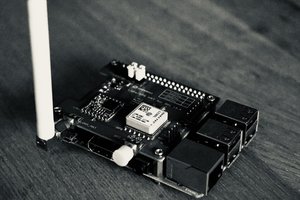1 Introduction
Efficient communication systems are necessary in the modern world in every industry. This includes conventional business, personal ventures, and national defense. These communication systems can be grouped into two categories - centralized and decentralized.
For the purpose of the project, centralized communication is defined as a network that relies on some entity providing connectivity services between separate endpoints. Some of these include email, text, and private chat applications since they rely ultimately on the services of Internet Service Providers and Cellular Service Providers for the propagation of data.
Decentralized communication systems include those that are mostly operable without relying on a separate service. This includes systems such as HAM radio. Using decentralized communication, users are able to network directly with each other without needing to pay for a service other than power.
The goal of this project is to combine the benefits of both centralized and decentralized methods to provide reliable digital communication between users without the need for the internet. In addition, this network makes it difficult to track the correspondence between users since these nodes can be used mobily and use pseudo randomly generated identifiers. This network will excel in situations where two parties need to communicate securely and anonymously. This may include civil defense, clandestine operations, and personal communication.
To communicate using this network, a small device, called a node, is attached to and controlled using a computer as in Figure 1. The node can be attached to the computer either directly using an Ethernet cable or both can be on the same local network, although internet access is not used and is thus not required. Each node consists of a microcomputer and a radio transceiver. The user interacts using the graphical user interface (GUI) installed on the host computer which allows them to add recipients via public and shared keys, export public and shared keys, and send and receive messages.
2 Hardware
A Raspberry Pi 4 was used as the microcomputer of choice to drive this build. This was done for a multitude of reasons including reliability and familiarity of programming in Python, but also due to the flexibility with memory management. The Raspberry Pi 4 has 4GB of RAM which is more than sufficient to accommodate the potentially large amounts of data associated with the features of this network. Fragmentation and acknowledgements in particular require potentially large amounts of memory to store the various data mappings.
The Adafruit LoRa Radio Bonnet (915MHz) was used as the radio transceiver. This was done partly to take advantage of the license-free Industrial, Scientific, and Medical (ISM) frequency bands but also due to the low power requirements and long ranges. Using 5dbi omnidirectional antennas, the receivers can communicate to at least 2km when they are in line of sight. Using different antennas will produce varying results.
Due to the ‘plug-and-play’ nature of these components, no additional PCB design was necessary which left the primary development hurdle to be the software. Appendix B includes some images to help better illustrate this component. The pinout connections can be found on Adafruit’s website.
The enclosure was designed using Fusion 360 and printed using an Ender 3 Pro 3D printer. PLA filament was used due to the affordability and ease of use. Table 1 details the print settings used for this build. The enclosure is mostly a standard Raspberry Pi case with the exception...
Read more »

 Mx. Jack Nelson
Mx. Jack Nelson

 Dominik Kuhn
Dominik Kuhn
I got my radio hat on a pi zero and it's working where I can send messages unencrypted, but I don't even know where to start with implementing good encryption on it.. Could you upload the code you used?